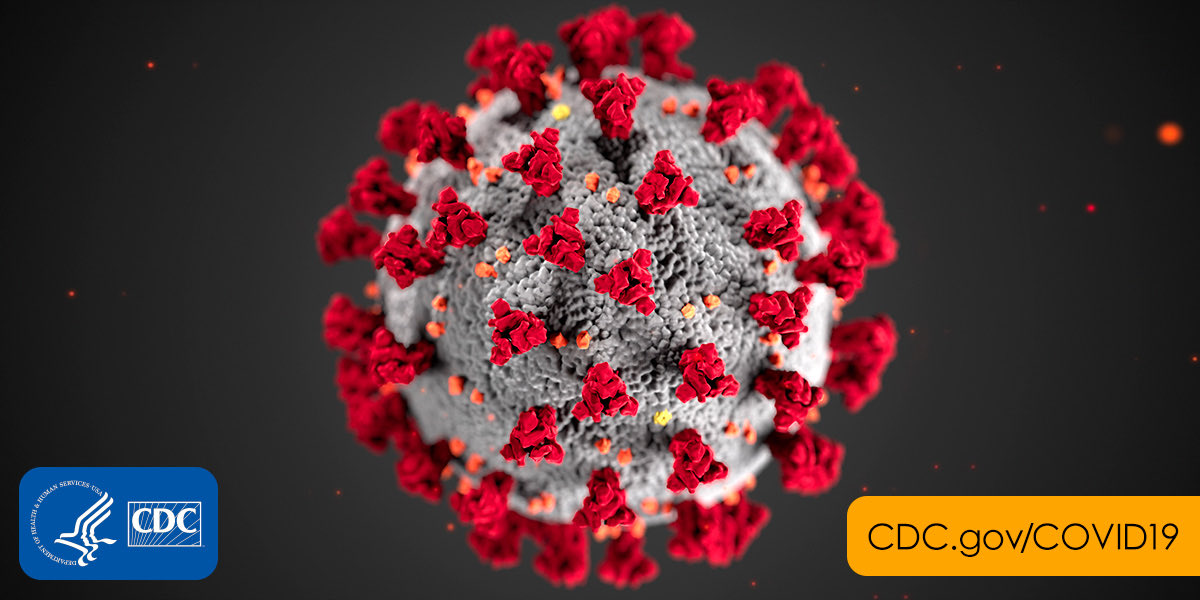I haven’t really got the first clue why I have not started blogging on the COVID19 Pandemic. Some of you may be aware that infectious disease is one of my many interests, so I have certainly been following it closely since I first learned of the virus now known as SARS-CoV-2 sometime in January.
One of the truly distressing things about the pandemic is the seemingly willful ignorance of the progression of the disease. A large swath of the US population, particularly those of certain political persuasions, has decided that, somehow, we know the exact number of cases in this country as well as the exact number of deaths. This despite it being extremely well-documented that we have inadequate ability to test in this country. Even countries that have done a great job in their response to the COVID19 Pandemic, such as South Korea, are going to be significantly undercounting their caseload. This is because you simply will not find every single person who is infected, in part because you can be asymptomatic. As of this writing (3/16/2020), the US has about 3500 known cases. Known is the important word. Actual cases are going to be a few orders of magnitude higher. We will absolutely never know the true number.
People like to point to the number of seasonal flu cases and deaths to show that the COVID19 Pandemic isn’t as bad as flu. What they don’t understand, or don’t care to understand, is that those numbers are estimates. The United States, and probably the rest of the world as well, does not track cases of influenza, nor does it track fatalities, with the exception of pediatric influenza cases. The numbers that are reported are estimates based on incidents of Influenza-Like Illness (ILI) as well as Pneumonia and Influenza Deaths (P&I) that are tracked by various public health agencies in this country, including the CDC. A subset of cases is known through the administration of the Rapid Antigen test (the unpleasant swab of the nasal passages done in a Dr’s office) or through samples sent to a lab for Polymerase Chain Reaction (PCR) testing. One of the issues with this is that to Rapid Antigen test is notoriously unreliable. If memory serves, it has a false negative rate of about 50%. Now, as I will write about in a later post, the flu surveillance can be of importance in the tracking of COVID19 cases and fatality in this country, but most of that analysis will have to be done retrospectively once the epidemic in the US is over. It is worth noting that pandemics tend to come in waves of epidemics. For instance, the Spanish Flu had three distinct waves, with the second being the most lethal in the US.
The point of this post is to point out that we do not, and will never, know just how many people in the US will come down with the disease. Once it’s been established the community transmission has occurred, it is no longer possible to deny that there are uncounted cases precisely because we know we have a case not linked to anyone else. To ignore this is foolish at best, and very dangerous at worst. It leads to complacency, to people downplaying the severity of the disease, and this ultimately leads to further spread, and to people in high-risk groups, getting the disease.
Get your heads out of the sand and take reasonable precautions, including practicing social distancing to the extent possible. The life you save might well be a loved one.


Pingback: Using ILINet to track COVID19 – The Sayings of Wotan
Pingback: Using ILINet to track COVID19 | The Sayings of Wotan